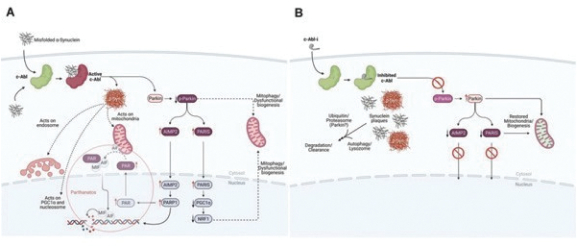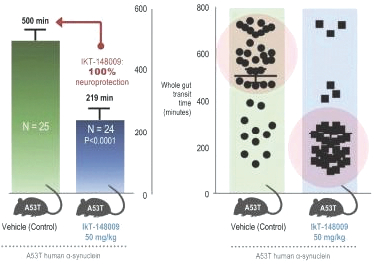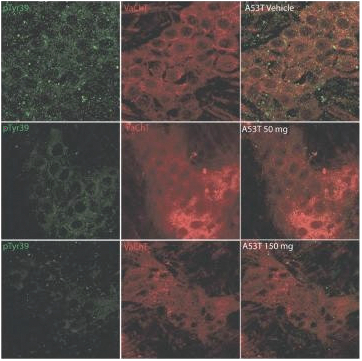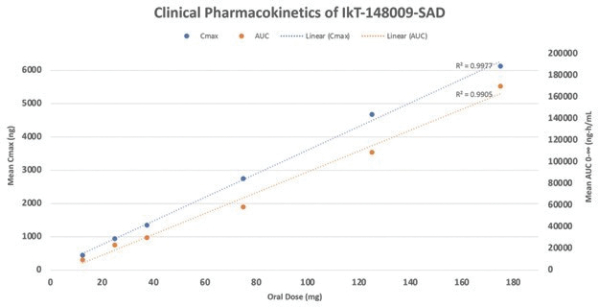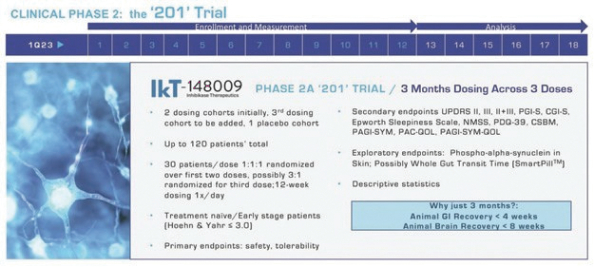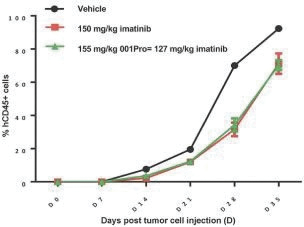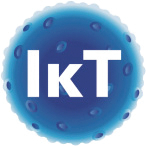Filed Pursuant to Rule 424(b)(3)
Registration No. 333-269521
PROSPECTUS
Up to 11,627,908 shares of Common Stock underlying the Common Warrants
Up to 4,883,721 shares of Common Stock underlying the Pre-Funded Warrants
Up to 406,977 shares of Common Stock underlying the Placement Agent Warrants
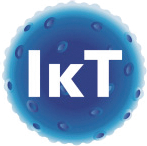
Inhibikase Therapeutics, Inc.
This prospectus relates to the resale from time to time, by the selling stockholders (the “Selling Stockholders”) identified in this prospectus under the caption “Selling Stockholders,” of (i) up to 11,627,908 shares of common stock, par value $0.001 per share (the “Common Stock”), which the selling stockholders may acquire upon the exercise of outstanding warrants (the “Common Warrants”), (ii) up to 4,883,721 shares of Common Stock, which the Selling Stockholders may acquire upon the exercise of outstanding pre-funded warrants (the “Pre-Funded Warrants”), and (iii) up to 406,977 shares of Common Stock, which the selling stockholders may acquire upon the exercise of outstanding placement agent warrants (the “Placement Agent Warrants”, and together with the Common Warrants, and Pre-Funded Warrants, the “Warrants”).
We issued the Common Warrants and Pre-Funded Warrants to the Selling Stockholders in private placements concurrent with a registered direct offering of 2,800,789 shares of Common Stock and Pre-Funded Warrants to purchase 3,943,398 shares of Common Stock. We issued the Placement Agent Warrants to Selling Stockholders as designees of H.C. Wainwright & Co., as placement agent fees for serving as the exclusive placement agent in the registered direct offering and concurrent private placements.
The closing of the issuance and sale of these securities was consummated on January 27, 2023.
The selling stockholder of the securities and any of their pledgees, assignees and successors-in-interest may, from time to time, sell any or all of their securities covered hereby on the principal trading market or any other stock exchange, market or trading facility on which the securities are traded or in private transactions. These sales may be at fixed or negotiated prices. See “Plan of Distribution” in this prospectus for more information. We will not receive any proceeds from the resale or other disposition of the Common Stock by the Selling Stockholders. However, we will receive the proceeds of any cash exercise of the Warrants. See “Use of Proceeds” beginning on page 73 and “Plan of Distribution” beginning on page 78 of this prospectus for more information.
Our Common Stock is listed on the Nasdaq Capital Market (“Nasdaq”) under the symbol “IKT.” On March 30, 2023, the last reported sale price of our Common Stock was $0.68 per share.
We are an “emerging growth company” and a “smaller reporting company,” each as defined under the federal securities laws and, as such, have elected to comply with certain reduced reporting requirements for this prospectus and may elect to do so in future filings. See the section titled “Implications of Being an Emerging Growth Company and a Smaller Reporting Company.”
Investing in our securities involves a high degree of risk. See “Risk Factors” beginning on page 7 of this prospectus and elsewhere in this prospectus for a discussion of information that should be considered in connection with an investment in our securities.
Neither the Securities and Exchange Commission nor any state securities commission has approved or disapproved of these securities or passed upon the adequacy or accuracy of this prospectus. Any representation to the contrary is a criminal offense. The securities are not being offered in any jurisdiction where the offer is not permitted.
The date of this prospectus is April 4, 2023.
